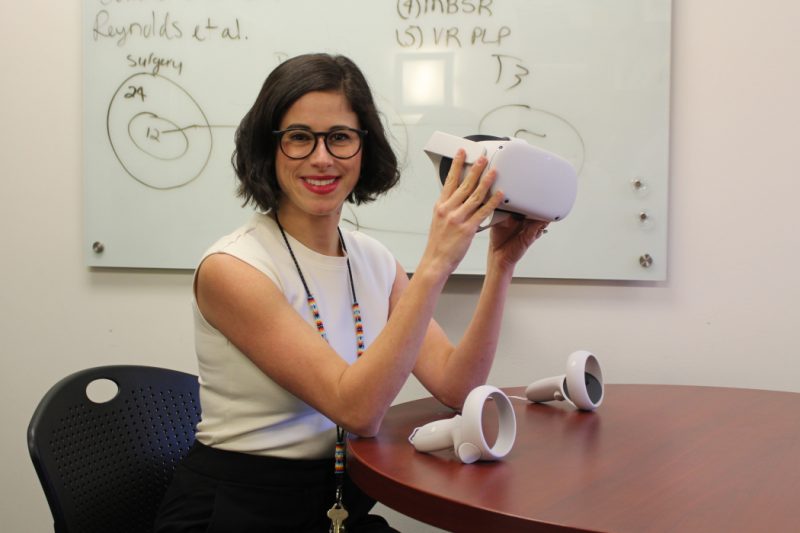The coronavirus disease 2019 (COVID-19) pandemic, caused by the highly infectious severe acute respiratory syndrome coronavirus 2 (SARS-CoV-2) virus, has affected millions worldwide. As per the surveillance reports of the earlier phase of the pandemic, SARS-CoV-2 predominantly infects adults. It has been observed that children are infrequently or mildly infected with COVID-19. However, hospitalization rates among infants younger than one due to SARS-CoV-2 infection are higher than among older children.

Background
A disproportionate amount of pediatric COVID-19–associated hospitalizations was observed in infants less than one year of age. Many infants developed mild to moderate COVID-19 symptoms. Most studies on infants with COVID-19 are based on a few observations that hinder proper assessment of true community risk.
It is important to properly estimate the incidence rates of medically attended SARS-CoV-2 infection among infants, including those who received outpatient care, as it could guide new parents and the community to take proper care of a sick child. A recent The Pediatric Infectious Disease Journal study estimated the overall incidence rates of medically attended SARS-CoV-2 infection among infants.
About the study
The epidemiology of SARS-CoV-2 in Pregnancy and Infancy (ESPI) Network was developed, which provided electronic medical data (eESPI) for a retrospective cohort of pregnant women and their infants born during the pandemic. The eESPI study was conducted at three healthcare facilities in the United States.
In this study, relevant eESPI on infants were collected up until they turned six months of age. The maternal cohort included individuals whose delivery date was between March 1, 2020, and February 28, 2021. Another eligibility criterion was that at least one telemedicine or prenatal care outpatient visit in a healthcare facility was required between December 1, 2019, and February 28, 2021.
The authors analyzed data of all infants born between March 1, 2020, and February 28, 2021, and required hospitalization, urgent care, or outpatient care for SARS-CoV-2 infection.
Study findings
This US-based study cohort included over 18,000 infants born during the pandemic's first year, with a six-month follow-up. In the first year of the pandemic, the risk of medically attended COVID-19 episodes among infants in the US was found to be low.
The cumulative incidence of medically attended COVID-19 episodes was estimated to be 0.95%. The incidence rate varied with maternal COVID-19 status, infants' age in months, level of community transmission, and maternal race/ethnicity.
Notably, a large percentage of infants who were medically attended for COVID-19 episodes were outpatients or telemedicine visits. However, four infants, i.e., less than 0.1% of the cohort, required hospitalization in their first month of life due to COVID-19. This finding re-ensures that infants are at low risk of contracting SARS-CoV-2 infection. The incidence rates of medically attended COVID-19 episodes were higher among infants born to Hispanic and Non-Hispanic Black mothers.
A higher incidence rate of medically attended COVID-19 episodes was observed in infants born to women infected with SARS-CoV-2 during the 6-month postpartum period. However, this observation was not true for infants born to mothers diagnosed with COVID-19 at other times or those who never contracted the infection. This finding pointed out the potential horizontal transmission between mother and infant.
This study emphasized the importance of following COVID-19 prevention measures by caregivers and household members of young infants to minimize viral transmission to young infants.
The risk of COVID-19 in infants could be effectively reduced by providing proper guidance for infection prevention to families and caregivers of young infants. They must be informed about the importance of COVID-19 vaccination as well as practicing nonpharmaceutical preventive measures, such as wearing face masks and frequent handwashing.
In most cases, infants with underlying medical conditions, i.e., those diagnosed with a medical condition during the first six months of life, were included to develop COVID-19 episodes that required medical attention. This finding is consistent with previous reports that revealed that younger children with pre-existing medical conditions were susceptible to severe infection.
Study limitations
This study has several limitations, including the analysis of data from a single country in only the first year of the COVID-19 pandemic, which limits the generalization of the findings. A variable impact on infants was recorded in the subsequent COVID-19 waves due to the emergence of SARS-CoV-2 variants (e.g., the Delta and Omicron).
Another limitation of the present study is that the medically attended COVID-19 episodes were based on clinician-initiated testing and/or ICD-10 codes, which increased the possibility of under-ascertainment of episodes. The COVID-19 vaccination status of the mothers was not considered as well.
Despite the limitations, the current study indicated that the highest incidence rates of medically attended COVID-19 episodes were in infants born to women who were diagnosed with COVID-19 during the postpartum period.
Incidence rates and characteristics associated with medically attended COVID-19 episodes among infants younger than 6 months - News-Medical.Net
Read More

No comments:
Post a Comment